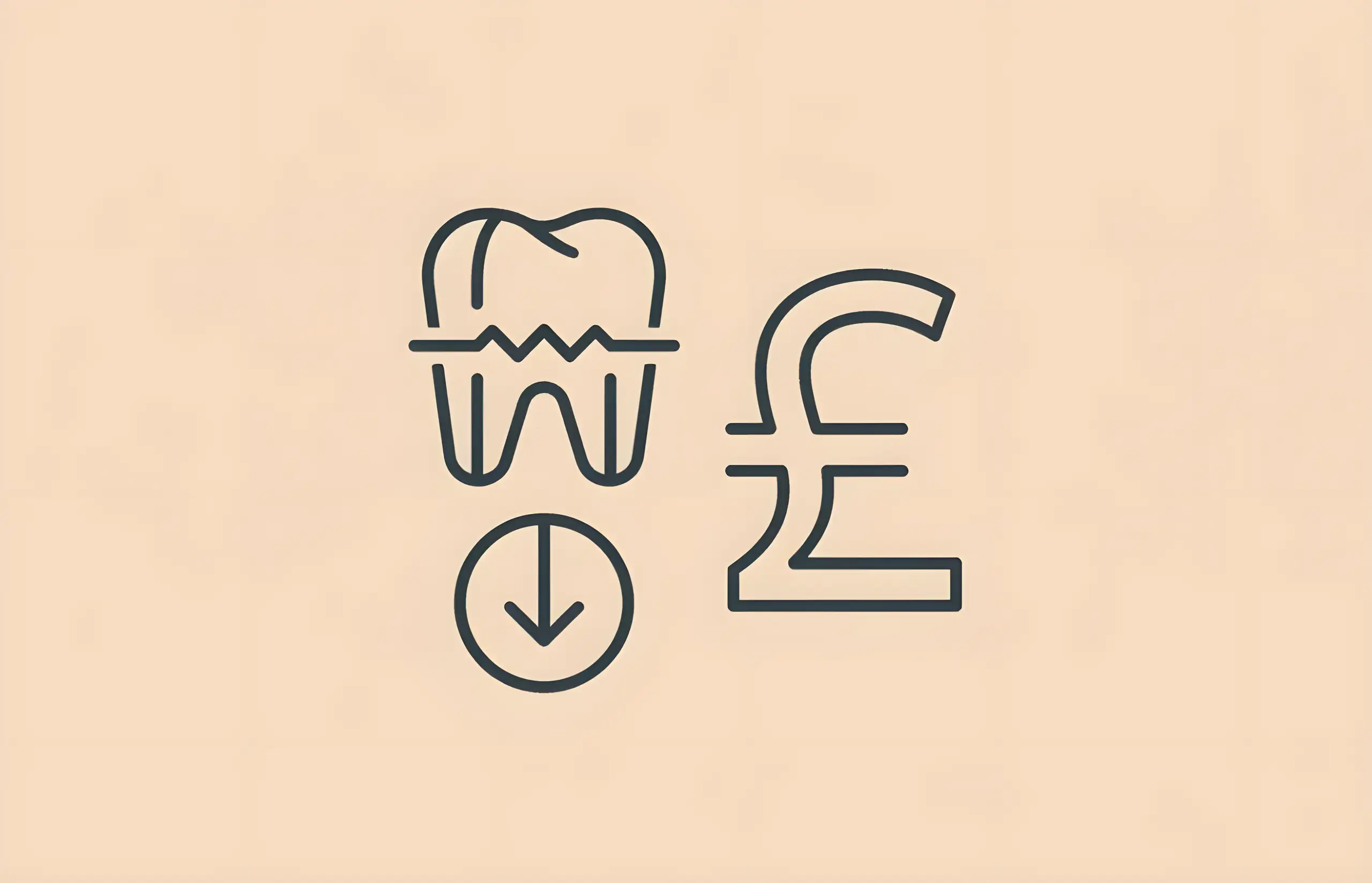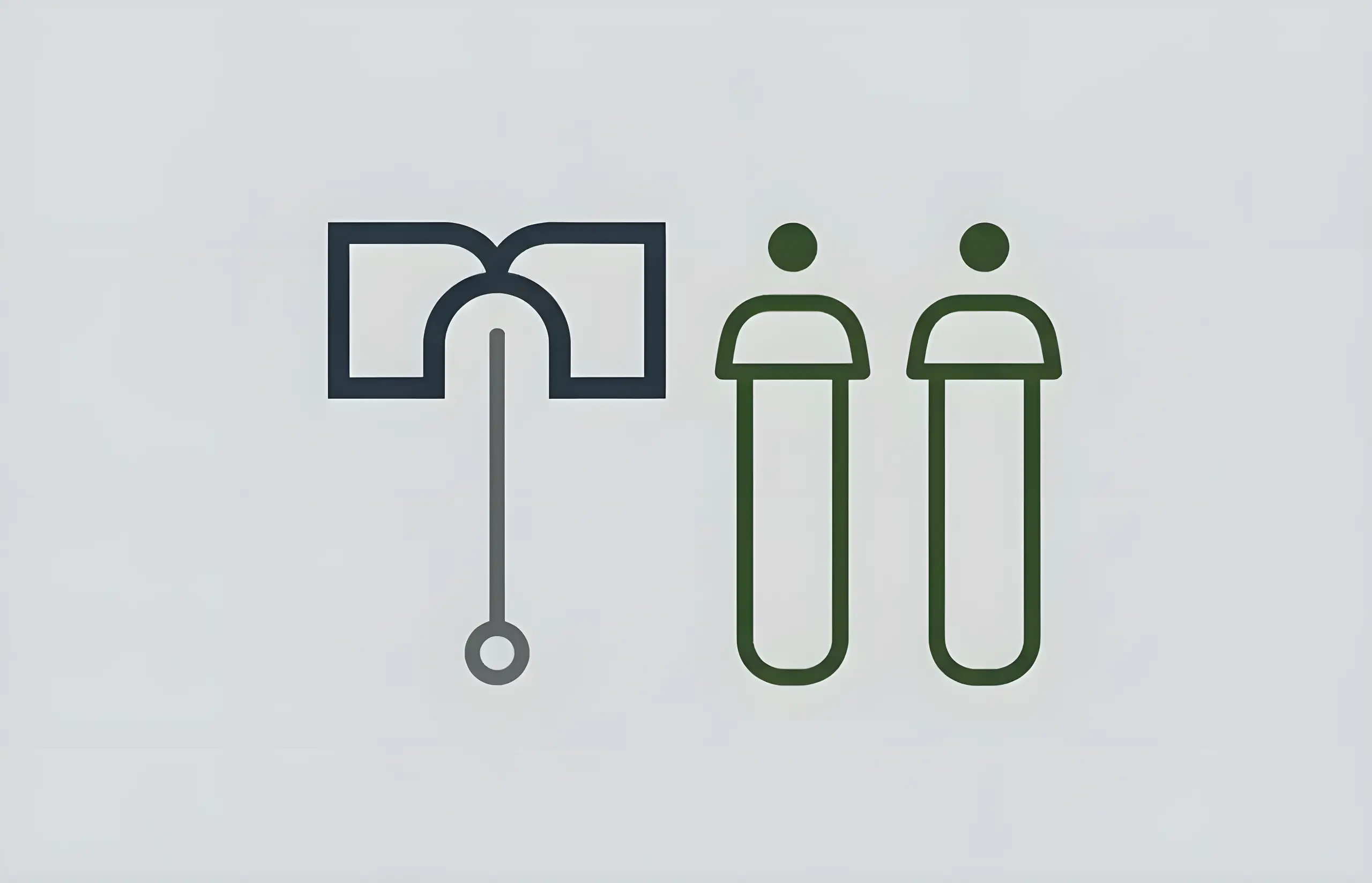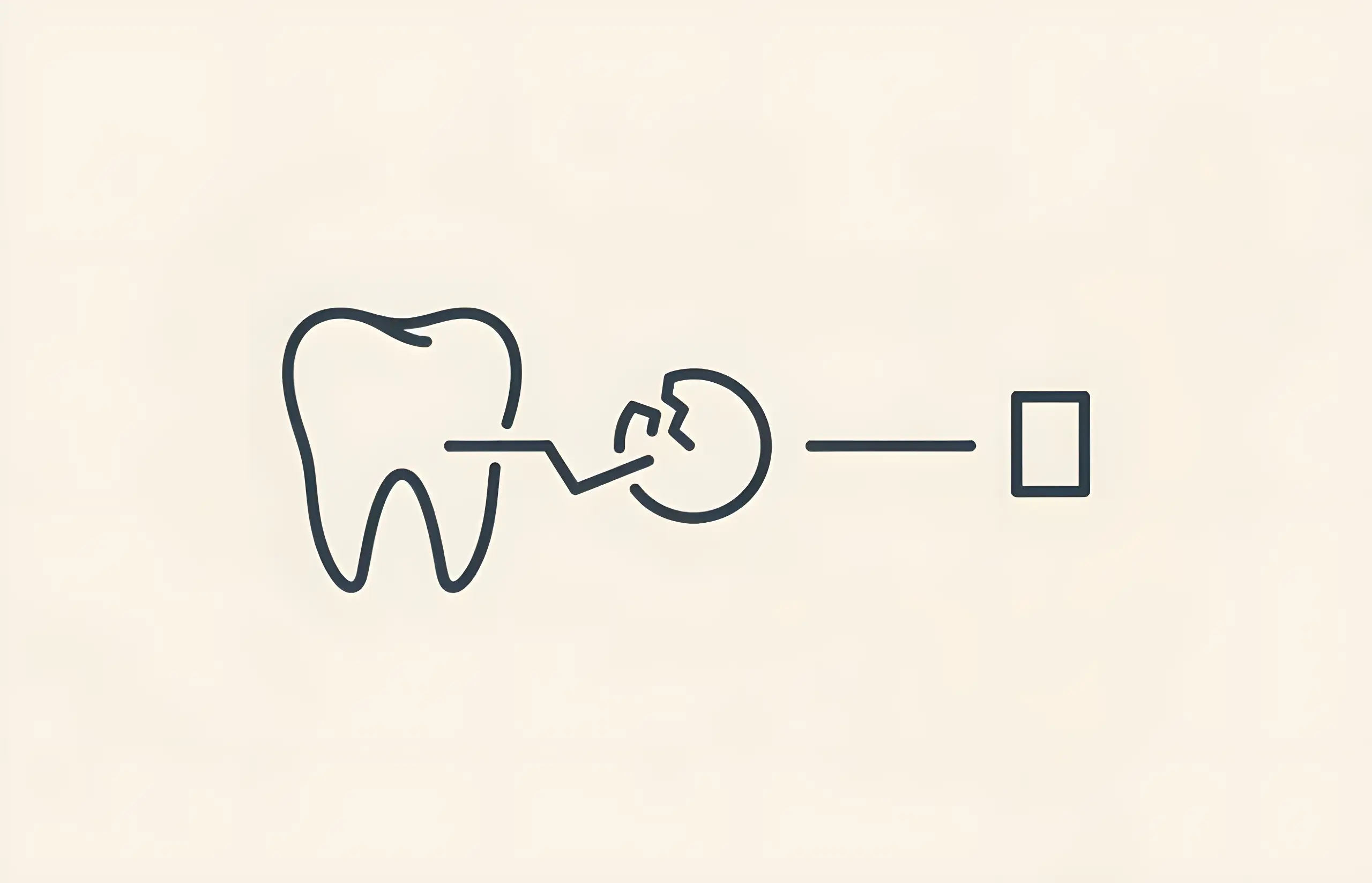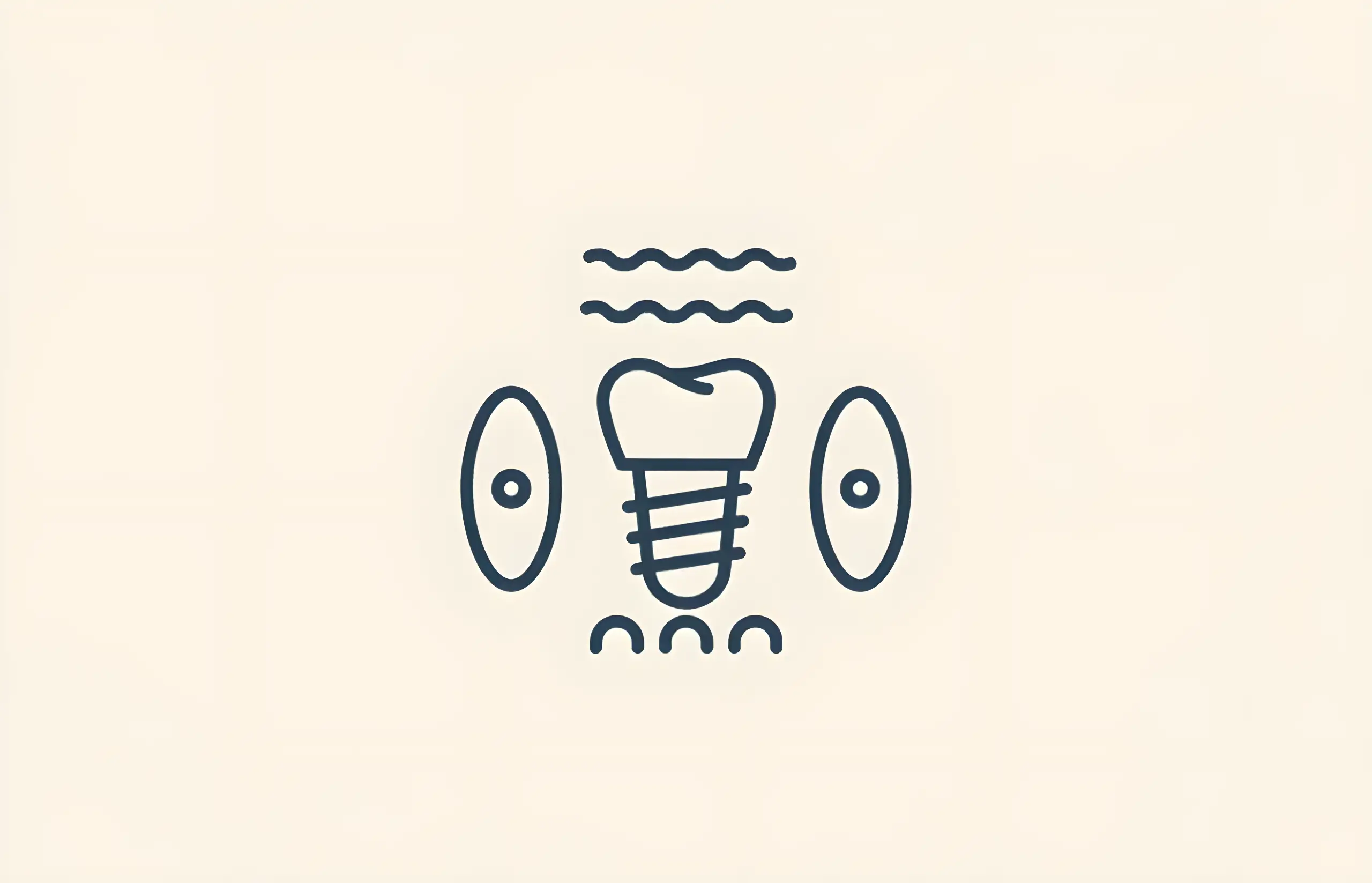Those who were alive in the 1970s and 1980s had always wished for braces that were nearly invisible to the naked eye and yet achieved the same effects as metal braces. This dream is now a reality thanks to what are known as invisible braces.
There are several advantages to this option as well as a few concerns to address before making a final decision. This article will take a quick look at a handful of the most important aspects of this revolutionary treatment method.
Invisible Braces Explained
In many ways, this design is not actually "braces" in the traditional context. Gone are the metallic brackets and wires that were attached to each tooth. These have been replaced with a hard plastic composite that is moulded in the shape of one's teeth (both upper and lower trays are available).
Through complex techniques such as three-dimensional imaging, dentists will take a "picture" of your teeth. This will then be formed into the mould. Over time, the shape of this mould is adjusted. Much in the same way as traditional braces, the end result will be straighter teeth with each successive adjustment.
The Primary Benefits
There are several reasons why this type of treatment should be considered. First, the moulds can be completely removed. This dramatically aids in the cleaning process and there is much less chance that plaque will accumulate.
The fitting procedure is absolutely painless and there are no obtrusive brackets to rub against your cheeks and gums. As their name hints, clear braces are virtually invisible to the naked eye. This is a great advantage to those who may be conscious in regards to orthodontic work.
A Few Drawbacks Worth Mentioning
The main factor that prohibits some from choosing invisible braces involves their cost (although prices have been substantially reduced in recent times). As opposed to normal braces, these invisible fixtures can only treat rather minor dental issues. More severe conditions such as a pronounced overbite or noticeably crooked could still require metallic braces.
For more stubborn issues, it may be necessary to treat your teeth with metal braces even after the invisible variety is removed. Design times can be lengthy and finally, some users will notice that they develop a slight lisp at first (this is almost always corrected naturally within a few days to a few weeks).
Making the Right Choice
The first step will naturally involve a trip to the dentist or orthodontist. He or she can examine your teeth to determine if these invisible moulds are a possibility. Their cost is a second issue to address. Are there payment plans available? How long will the entire procedure take and will you need metallic braces installed after the initial process is completed?
If you have desired a non-invasive treatment to correct your teeth, this type of braces could be the best choice possible. Keeping the previously mentioned factors in mind will provide you with the insight needed to make the best decision possible.
Sources and References
-
[1]
Clear Aligner Therapy: Up to date review articleJournal of Orthodontic Sciencehttps://pmc.ncbi.nlm.nih.gov/articles/PMC10597356/
-
[2]
Efficacy of clear aligners in controlling orthodontic tooth movement: A systematic reviewThe Angle Orthodontisthttps://pmc.ncbi.nlm.nih.gov/articles/PMC8610387/
-
[3]
Effectiveness of clear aligner therapy for orthodontic treatment: A systematic reviewOrthodontics and Craniofacial Researchhttps://pubmed.ncbi.nlm.nih.gov/31651082/
-
[4]
A comparison of treatment effectiveness between clear aligner and fixed appliance therapiesBMC Oral Healthhttps://pmc.ncbi.nlm.nih.gov/articles/PMC6343314/
-
[5]
Assessment of the effectiveness of invisible aligners compared with conventional appliance in aesthetic and functional orthodontic treatment: A systematic reviewJournal of Evidence-Based Dental Practicehttps://pubmed.ncbi.nlm.nih.gov/31478355/
All sources accessed and verified on . Medical information reviewed for accuracy and compliance with current guidelines.
Related Articles

How Much Do Adult Braces Cost?
Comprehensive Cost Analysis (£1,500-£10,000 Range, 59% Out-of-Pocket, 6.31 Months Shorter with Aligners)

Invisible Braces – Braces Worn Behind Your Teeth
Complete guide to lingual braces fitted behind teeth, including how they work, the fitting process, treatment duration, and benefits of this invisible orthodontic option

How Much Do Braces Cost in the UK?
A comprehensive guide to braces costs in the UK, covering different types of braces from metal to Invisalign and their price ranges
A Guide to Ceramic Braces
Comprehensive information about ceramic braces, including how they compare to metal braces, costs, benefits, and considerations for choosing this orthodontic option

A Guide to Dental Braces for Kids
Comprehensive information about orthodontic braces for children and teenagers, including types of braces, treatment duration, costs, and oral care during treatment

The Different Types of Braces Available
Comprehensive guide to orthodontic braces including fixed, removable, lingual, Invisalign, and functional braces with cost comparisons

How Do Braces Work?
Comprehensive guide to orthodontic tooth movement including biological mechanisms of bone remodeling, treatment duration, force application, periodontal ligament response, and retention protocols

How Long Do Braces Take?
Comprehensive guide to orthodontic treatment duration including individual factors, planning stages, fitting procedures, treatment timeframes from 6 months to 3 years, and adjustment schedules

How Long Do You Have To Wear Braces?
Treatment Duration and Retention Protocols (19.9 Months Average, 13.3% Relapse Fixed Retainers)

How Much Do Ceramic Braces Cost?
Comprehensive guide to ceramic braces costs including pricing factors, insurance coverage, treatment duration, dentist fees, cost-saving strategies, and comparison with other brace types

How Much Do Clear Braces Cost?
Comprehensive Pricing Analysis (£2,500-£4,500, 67% Shorter Duration, 85% Patient Satisfaction vs 65%)

How to Make Your Teeth Straight Without Braces
Discover modern alternatives to traditional braces including clear aligners, at-home straightening services, surgical options, and palatal expanders

Metal Braces: A Simple Guide
Comprehensive guide to traditional metal braces for correcting misaligned teeth, including how they work, common conditions requiring braces, and modern improvements
About The Dental Guide
The Dental Guide is a trusted online resource providing evidence-based information about dental health, treatments, and procedures. Our content is created and reviewed by qualified dental professionals to help you make informed decisions about your oral health.
Our Mission
- Evidence-based dental information
- Expert-reviewed content
- Clear, accessible explanations
- Latest treatment options
- Patient-focused guidance
Editorial Standards
- GDC-registered dental professionals
- Peer-reviewed sources
- Regular content updates
- Medical accuracy verification
- Transparent authorship
Important Notice
The information on The Dental Guide is for educational purposes only and should not replace professional dental advice. Always consult with a qualified dentist for diagnosis and treatment recommendations tailored to your individual needs and circumstances.
Medically Reviewed
Reviewed by Dr. Nasim Mechoui , BDS (Bristol)
Share this article
Comments & Discussion
Have questions about dental implants? Share your thoughts or experiences.
